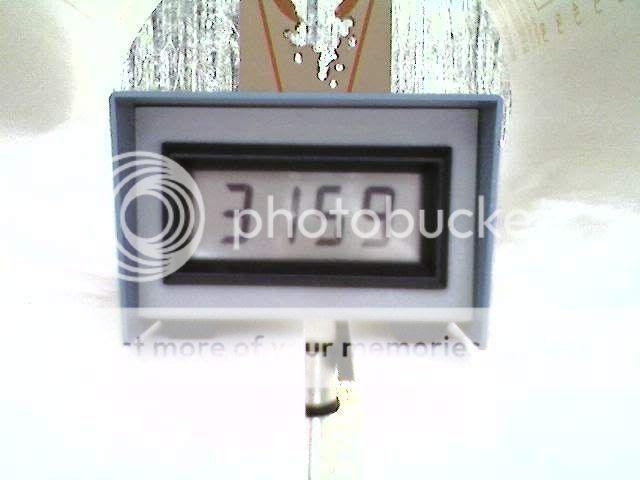overbore
Well-Known Member
Pressure and velocity
Son, I suggest you have a look at how Hogdon Powder lists a max load. FYI, that is not maximum pressure nor is it max velocity; rather, it is Optimum Charge Weight. Pressure is NOT from one thing alone. for example, changing brands of cases changes volume. Going from a mild primer ( Russian and CCI 200 )to hotter primers will increase your pressures around 15%!! Using moly coated bullets will lower your pressures. Adding neck tension will increase velocities-- got the picture?? Until you grasp the variables, I respectfully suggest that you you adhere to published data then work up charges in 1% incriments until you get experience and knowledge in what you are doing and alway wear eye protection!! Cordially, Overbore
Son, I suggest you have a look at how Hogdon Powder lists a max load. FYI, that is not maximum pressure nor is it max velocity; rather, it is Optimum Charge Weight. Pressure is NOT from one thing alone. for example, changing brands of cases changes volume. Going from a mild primer ( Russian and CCI 200 )to hotter primers will increase your pressures around 15%!! Using moly coated bullets will lower your pressures. Adding neck tension will increase velocities-- got the picture?? Until you grasp the variables, I respectfully suggest that you you adhere to published data then work up charges in 1% incriments until you get experience and knowledge in what you are doing and alway wear eye protection!! Cordially, Overbore


